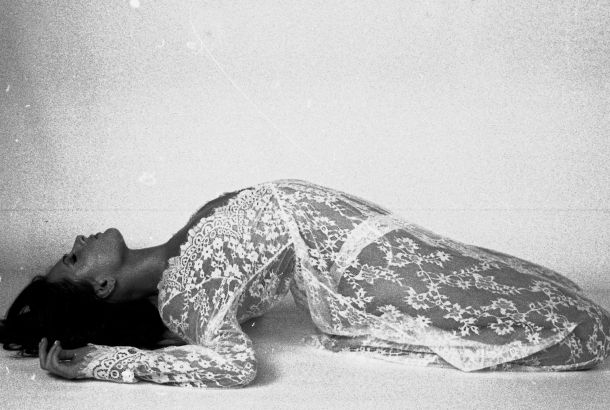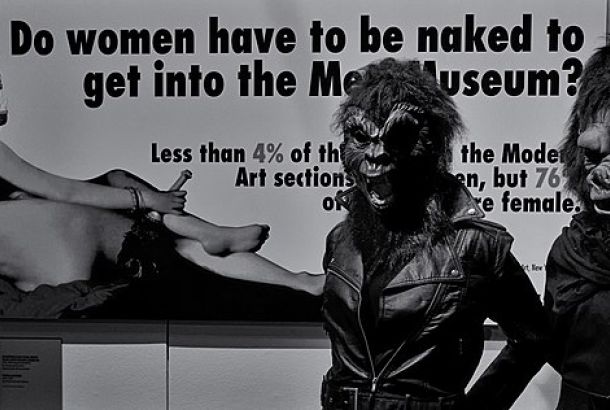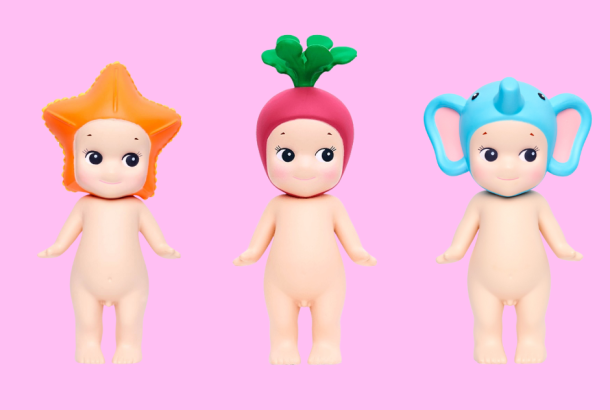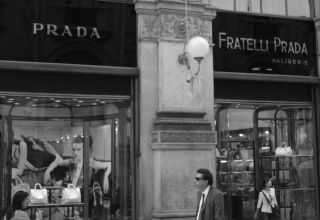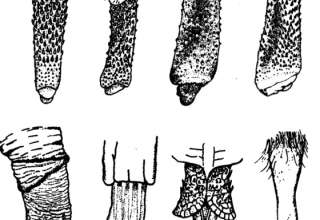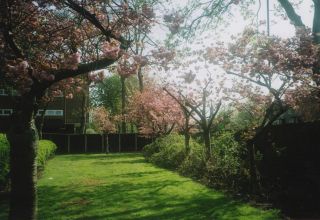Design Manchester 2019 conference: being a SMART creative
By Sanjana Meka
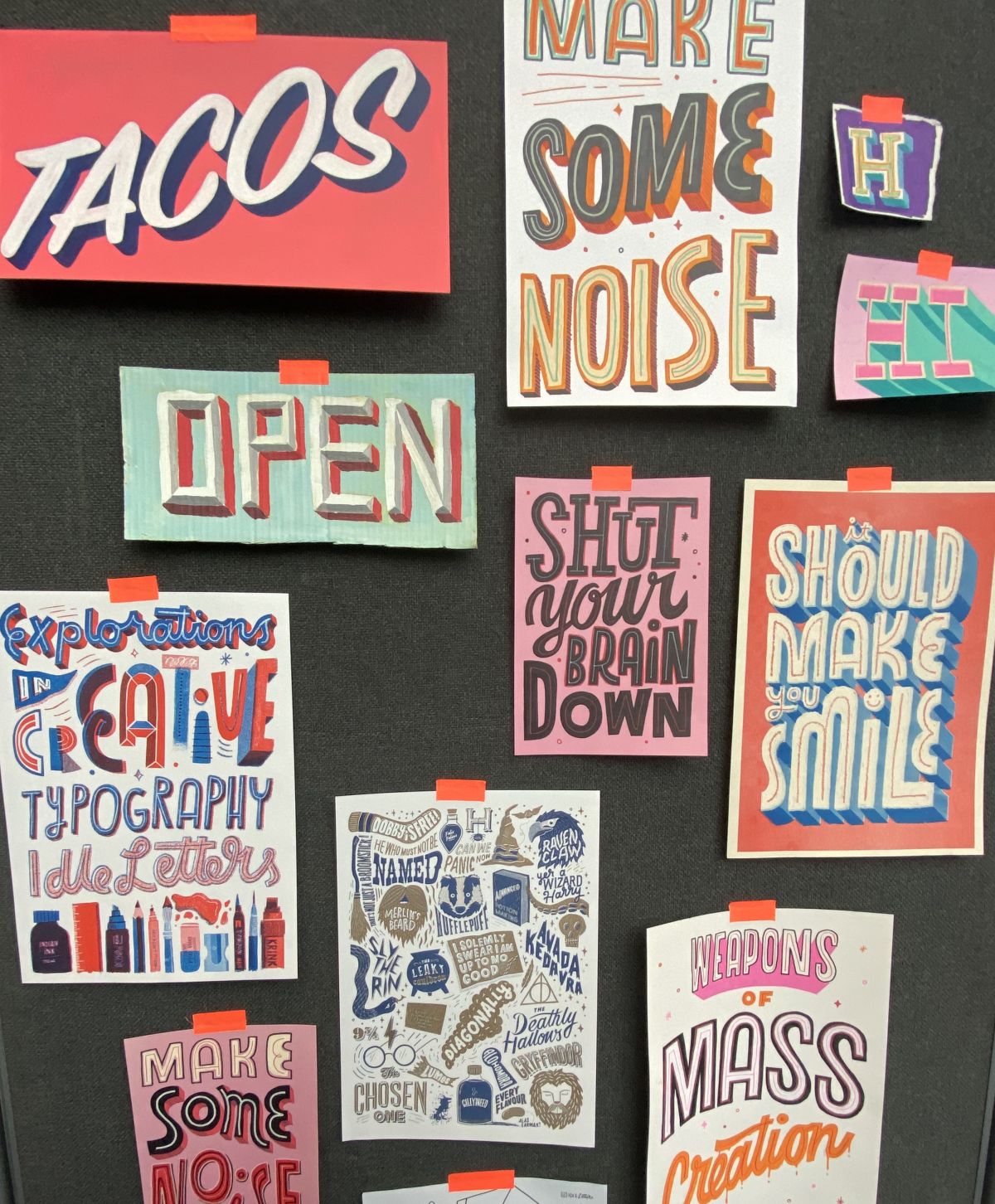
Design Manchester’s main event of the year, the SMART conference, had a varied lineup of individuals who came forward to talk about their experience in the design industry and their influences. With the backdrop of the Great Debate which discussed ‘What makes a liveable city’, Kasper De Graaf, producer of the Great Debate, said: “design can help address new challenges.”
The conference consisted of talks and panels by various creatives and also small exhibitions such as a lettering workshop conducted by Loz Ives. Extinction Rebellion’s creative directors Clive Russell and Charlie Waterhouse spoke about the climate change crisis and the support that they had received from the design community. They also mentioned the importance of people from commercial setting to “come forward as individuals and not representatives” to have an open conversation about such issues. Graphic designer and ANNA’s Chief Design Officer, Daljit Singh, emphasised the avoidance of flatness in the creative industry, and encouraged the audience to be “creatively brave”, saying “don’t try to solve world peace, but find an agile way to solve problems.” Other speakers included Neil Hubbard, Pfadfinderei and Cosey Fanni Tutti in conversation with Jon Savage.
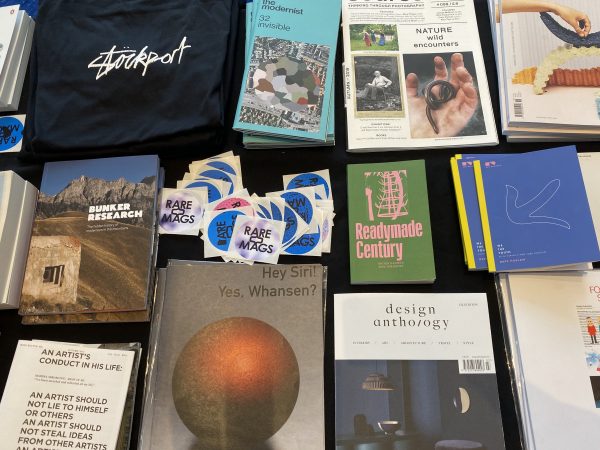
Auriel Majumdar, Penny Lee and Tash Willcocks created a conversation about being pioneering and making changes alongside understanding boundaries in the ‘Design Smarter’ panel. Some of the most impactful discussions were about diversity and inclusion within the design community with the ‘Diffuse’ panel. Harris Elliot took a different perspective on this by drawing on his influences from his Jamaican background, especially with his recent project of bringing back the ‘rude boy’ culture, calling his designs “culture without compromise.”
One constant theme was simplicity and being ambitious as a creative, especially with technology substantially influencing how the design process now works, with Hansje Van Halem describing the impact of image sequencing on her patterns and the ease of creating environmental graphics with the Photoshop rendering as used by Paula Scher. The event was welcoming of the different skills that the designers brought to help them revolutionise the industry while making their impacts in their own fields, and truly showcased the individuality and the scope of design in the future.

